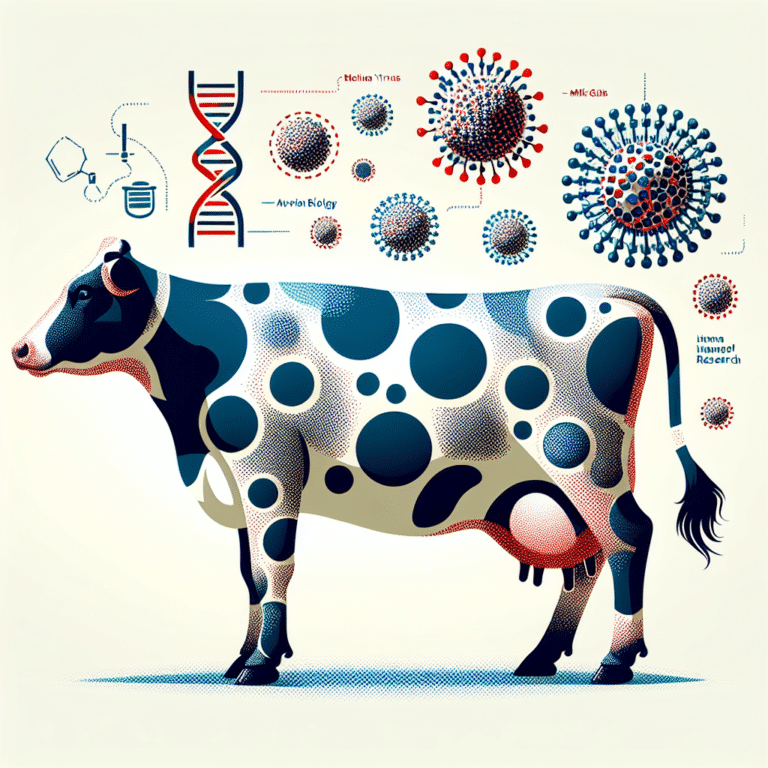Summary
- Influenza A virus (IAV) has been detected in dairy cattle in the United States, a species traditionally considered resistant to IAV infection.
- The study aimed to investigate the expression of IAV receptors in the bovine mammary glands using lectin histochemistry.
- Lectins were used to detect human and avian IAV receptors in the mammary gland tissues obtained from lactating dairy cows.
- The findings revealed widespread expression of human and duck IAV receptors in the active alveoli of the mammary glands, indicating susceptibility to IAV infection in cows.
- The presence of both human and avian IAV receptors in the mammary glands raises concerns about zoonotic transmission potential and the need for further research on susceptibility to different IAV strains.
Scientists from the University of Copenhagen, Statens Serum Institut, and St. Jude Children’s Research Hospital have recently found that cattle are infected with influenza A virus (IAV). It was generally believed until that time that cattle do not succumb to an infection with highly pathogenic avian influenza (HPAI) virus H5N1—unlike dairy cows.
It was established in the IAV receptor expression study of cattle mammary glands that both human and duck receptors are highly expressed in the active alveoli of cattle mammary glands, indicating the susceptibility of cows in peak lactation to IAV infections. The detection of these receptors in the mammary tissue of cows starts to raise potential health concerns regarding the potential zoonotic transmission of IAVs.
Although it was not categorical on the susceptibility of cattle to all the various circulating IAV strains, the co-expression of human and avian receptors in the mammary glands implies that cattle might be susceptible to a broader range of IAVs than hitherto imagined. More research is necessary to draw valid conclusions regarding the implications of the current findings on the transmission and pathogenesis of IAV in cattle.
Dr. Kristensen is a postdoctoral researcher in virology and pathology at the University of Copenhagen highlighted thse findings, which further the knowledge on IAV infection in cattle and asks for careful surveillance and control measures to limit possible outbreaks in animal and human populations.
Infectious Diseases, Veterinary Medicine, Public Health & Prevention


